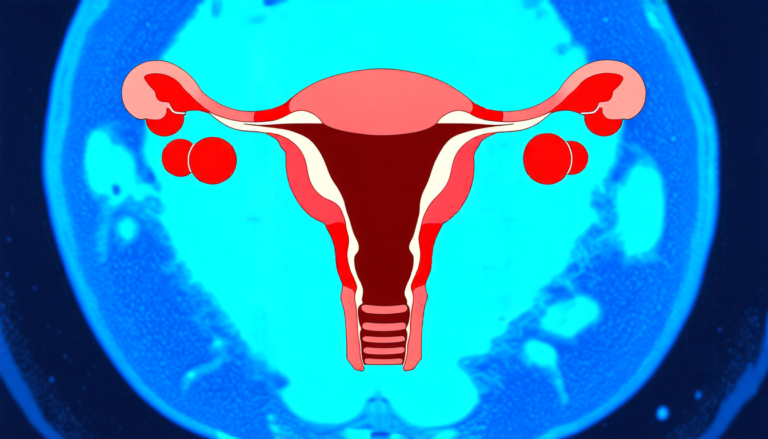Saturday 15 March 2025
The intricate dance of mathematical concepts has led to a breakthrough in understanding the fundamental nature of reality. A team of researchers has made significant strides in developing a new framework for higher category theory, a branch of mathematics that seeks to describe the relationships between abstract entities.
At its core, this theory is concerned with the study of structures and transformations within these entities, which can be thought of as complex networks of connections. By examining these relationships, mathematicians hope to gain insight into the underlying fabric of reality, revealing patterns and structures that underlie our everyday experience.
The new framework, developed through a combination of abstract mathematical concepts and computational techniques, provides a powerful tool for understanding these complex networks. It enables researchers to analyze and visualize the intricate web of connections between different entities, allowing them to identify patterns and relationships that would be difficult or impossible to discern using traditional methods.
One of the key innovations of this framework is its ability to handle higher-dimensional structures, which are essential for describing the complex relationships within these networks. By leveraging advanced computational techniques, researchers can now study these high-dimensional structures in a way that was previously impossible, unlocking new insights into the nature of reality.
The implications of this work extend far beyond the realm of mathematics itself. By providing a deeper understanding of the fundamental nature of reality, this framework has the potential to inform and influence a wide range of fields, from physics and engineering to biology and computer science.
For example, in the field of physics, this new understanding could lead to breakthroughs in our understanding of quantum mechanics and the behavior of particles at the atomic level. In engineering, it could enable the design of more sophisticated and efficient systems, such as complex networks or distributed computing architectures.
Similarly, in biology, it could provide new insights into the intricate web of relationships within ecosystems, allowing researchers to better understand and predict the behavior of complex biological systems. And in computer science, it could lead to the development of more advanced algorithms for analyzing and processing large datasets, enabling faster and more accurate decision-making.
Ultimately, this work represents a major step forward in our understanding of the fundamental nature of reality, and its implications are likely to be far-reaching and profound. As researchers continue to explore and develop this new framework, they will undoubtedly uncover new insights and applications that will shape our understanding of the world around us.
Cite this article: “Unraveling Realitys Fabric: A Breakthrough in Higher Category Theory”, The Science Archive, 2025.
Mathematics, Category Theory, Higher Dimensionality, Computational Techniques, Complex Networks, Reality, Quantum Mechanics, Engineering, Biology, Computer Science







